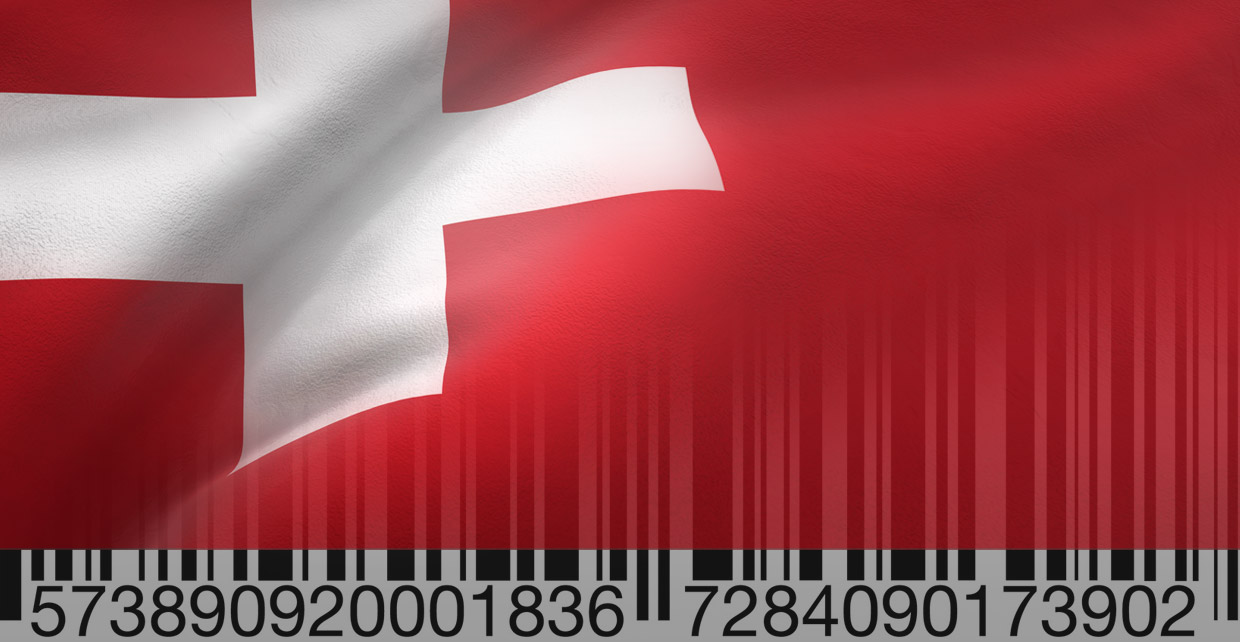Your contact
The new Swiss Federal Statute on Product Safety (Produktsicherheitsgesetz, PrSG) entered into force on 1st July 2010. This brings harmonisation with the European Directive on general product safety and will in particular lead to products intended for consumers only being permitted to enter the Swiss market if manufacturers, importers and dealers (distributors) ensure that the safety of the products is also continually monitored after distribution. These and other so-called “post-market obligations” will in future require wide-ranging organisational precautions on the part of companies.
On the one hand, the new PrSG is intended to guarantee product safety and facilitate the free movement of goods across borders. As part of the aim to make the structure of the Swiss legal framework as compatible with Europe as possible and dismantle technical trade barriers, the content of the new PrSG largely adopted the provisions of the European Directive 2001/95/EC on general product safety. Switzerland will be unilaterally introducing the “Cassis de Dijon”-Principle in its relationship with the European Union (EU) simultaneously with the entry into force of the PrSG. This means that products lawfully marketed in the EU (with a few exceptions) also have to be permitted without further examination in Switzerland. The PrSG is conceived as a framework law and is always to be applied if non-sectoral federal law provisions (e.g. the Building Products Act) exist with which the same objective is pursued. The federal administration is currently examining to what extent the 18 product safety acts and their ordinances must be adapted to the PrSG.
Compared to the existing Federal Statute on the Safety of Technical Installations and Objects (STEG), which will be replaced by the PrSG, the scope of application of the Product Safety Act has been expanded to all products and is not restricted to technical devices and installations. It covers all ready-to-use, movable products. However, the product concept remains incompletely congruent with that of the Federal Statute on Product Liability (PrHG), as a result of which for example electricity is only covered by the latter. The scope of the new PrSG is even wider than the EC-Directive as the pre-sale obligations apply not only to products marketed to consumers but to all products.
Since the requirement of state product licences has been mostly abolished (exceptions e.g. in the case of medicines or chemicals), marketers are generally and primordially responsible for establishing that safety requirements were complied with through retrospective random checks. These requirements have been rewritten in the PrSG so that a product may be marketed only if it does not endanger the safety and health of users and third parties at all, or only to a slight extent, as long as it is used in a normal and reasonably foreseeable way. This results in a harmonisation, not just with EU law, but also with the PrHG.
The Statute lists particular hazardous circumstances which the marketer must make allowance for in order to render this general safety definition more specific. In particular, it must be borne in mind that a product is also used by especially vulnerable groups of people (e.g. children, people with handicaps or older people), should this be foreseeable. Another circumstance is the useful life-cycle of a product. If there is no clear indication on a given product as to the period in which it can be safely used, an estimation of its most probable life-cycle is made and relied on in order to determine the time period during which sufficient safety must be guaranteed by the marketers. This can lead to the situation where the safety of the product must continue to be guaranteed even after expiry of the general ten-year statute of limitation in product liability law. Consequently, manufacturers of products without a recognisably or evident limited life-cycle (such as tools, garden or electrical appliances, bicycles, etc) should specify the maximum life-cycle during which product safety is guaranteed on the product itself.
Furthermore, the act also regulates the presentation and description of products. In particular, the layout and labelling, warning and safety notices, as well as use and operation instructions must correspond to the specific risk potential of a product. Statements or information in advertising or PR campaigns may also not convey a false picture of the risk potential or induce anyone to risky use of the goods.
In the case of products that are intended for consumers or which could “under reasonable foreseeable conditions” also be used by consumers, so-called post-market obligations are imposed on manufacturers or importers also after distribution. During the indicated or assumed life-cycle of a given product, they must take suitable measures to recognise and avert risks (for example, by withdrawal, recall or warning) and to enable clear tracing of the products throughout the entire product value chain. Complaints regarding the safety of a product must be carefully checked and random tests conducted if need be. In addition, the enforcement authorities must be informed if the manufacturer or another distributor has reasons to believe that its product represents a risk for safety or health. Commerce and retailers must also cooperate in monitoring the products and take suitable measures for cooperation with manufacturers and importers. Moreover, the PrSG also applies to companies which use products in rendering their services (e.g. cosmetics studios, gyms, hotels, etc).
If an official check reveals that the safety requirements have not been complied with, the further distribution of a product can, among other sanctions, be prohibited and, if necessary, the population can be warned. In addition, the PrSG also contains criminal provisions for the intentional or negligent distribution of products which do not comply with the safety requirements and, as a result, endanger the health or safety of other people.
With the entry into force of the PrSG, products which meet the requirements according to previous law, but not the requirements according to the new law, may still be distributed in Switzerland up to 31 December 2011. Futhermore, every manufacturer, importer or dealer must create the conditions enabling compliance with the post-market obligations by 31 December 2011.
Ansprechpartner: Lukas Bühlmann







